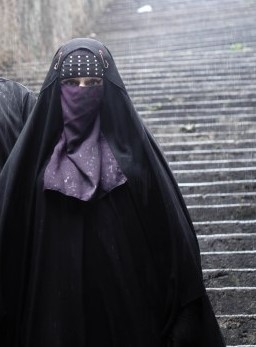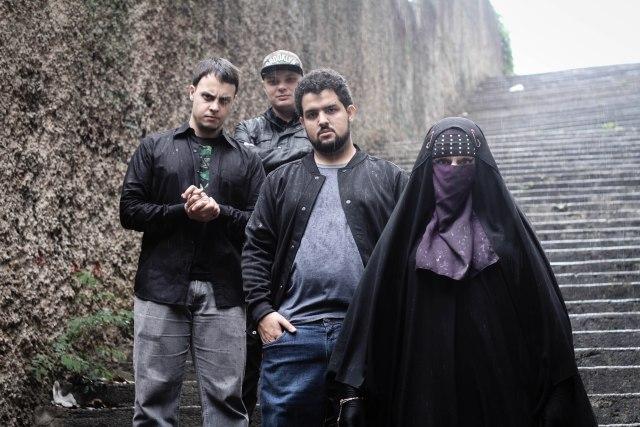ACTIVITY INTRODUCTION
Objectives:
- Become familiar with the tools of information and communication
- Use social media for social campaigns
- Develop critical thinking skills
The aim of this exercise is for participants to create an online social campaign. After choosing which topics they want to address, for example, local issues that affect their neighbourhood, as well as a social network to use in order to share their social campaign’s content, students promote a cause by choosing suitable images and slogans. They then share the media content on that social network.
Definition:
An online social campaign can be defined using the tools of social media communication and marketing in order to take on a social issue (the environment, feminism, racism, poverty, etc.). The goal is to promote certain values and mobilise or raise awareness among individuals, especially internet users, on important social issues, or even to create a movement the likes of #MeToo, Black Lives Matter, or the Serbian #1of5million movement.
ACTIVITY INSTRUCTIONS
1. Prepare: Together with students, teachers select the topics their social media campaigns will tackle.
2. Assign tasks: Once topics are chosen, teachers form several groups depending on the number of participants. Each group works on one topic and chooses the best social network to host their campaign.
3. Research: To make an effective social media campaign, participants must gather information on the topics they have chosen so that they understand the context and can make/spread a message that helps support the cause.
4. Find a communication strategy: Participants should think about the best strategy to get their message across:
- Identify the target audience (teens, adults, men, women, etc.).
- Choose the right social network, for example, Instagram for images and Twitter or Facebook for videos and text.
- Type of message (personal account, humour, figures, mini news report, etc.).
- Format of the message (photographs, text, infographics, video, etc.).
- Using the right keywords or hashtags to share the post widely.
5. Launch the campaign: Participants can choose to start their campaign by posting their content to their personal accounts or to create a specific account for the campaign.








